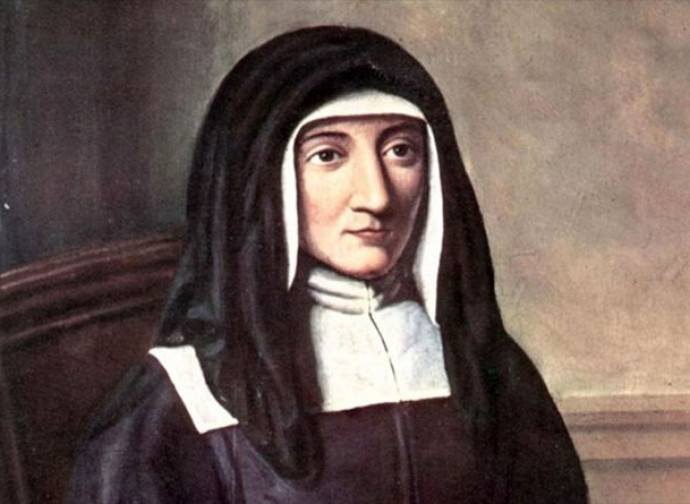Saint Louise de Marillac
She underwent hard trials before understanding God's plan for her...

The 15,000 Daughters of Charity (2016 figure) now spread across five continents are the greatest legacy of the encounter between Saint Vincent de Paul and Saint Louise de Marillac (1591-1660), who underwent hard trials before she understood God's plan for her. Even her childhood was not easy. She was born in Paris and was recognized as “natural daughter” by Louis de Marillac, but she never found out who her mother was. She received her first education in Poissy, in an old monastery of Dominican sisters, where she learnt to love God and was taught to read, write and paint. Her father died when she was 12, and her guardian became Michael de Marillac, a high official. In the meantime, the desire for religious life matured in her, growing on her return to Paris, where she frequented the Capuchin sisters. She made a vow to give herself to God, but because of her poor health and the interests of her guardian she ended up marrying Antonio Le Gras, one of the Queen's secretaries, in 1613.
From that marriage a son was born, her beloved Michael, but the saint was beset by recurring maternal worries and fears. These reached their climax in 1622, when her husband became seriously ill, which she interpreted as a punishment for not keeping her promise to consecrate herself to God. She went through a long spiritual depression until the day of Pentecost of the following year, when, finding herself gathered in prayer in the church of St. Nicholas, she had an enlightenment: “I understood that there would come a time when I would be in a position to take the three vows of poverty, chastity and obedience, and this would be together with other people. I knew that it had to be in a place that helped others, but I could not understand how this could be done”. Having resolved her doubts, she accepted her circumstances and assisted her husband with much more dedication than before, remaining lovingly by his side until his death at the end of 1625.
A few months earlier she had met Vincent de Paul (c. 1576-1660), the man of Providence whom she had glimpsed during her illumination at Pentecost without knowing who he was. The saint, who had already been engaged in works of charity for years, accompanied Louise in her spiritual maturation and gradually helped her to direct her charisms for the good of her neighbour, until she understood that her mission was to become “mother of the poor”. As soon as she communicated her intuition to Vincent, he replied: “Yes, I consent, my dear damsel, I certainly consent. Why shouldn't I too consent, if Our Lord has given you this holy sentiment?”. The founder of the Lazarists entrusted her with directing the Ladies of Charity (noble and bourgeois women who dedicated part of their time and money to the needy), the company he had created a few years earlier and for which, in order to improve its work, he considered necessary a full-time commitment on the part of the ladies.
On November 29, 1633, four girls gathered around Louise to lead a communal life: this was the pivotal point for the birth of the Daughters of Charity, which later became a religious institute in its own right. It included the three vows of poverty, obedience and chastity, plus a fourth vow of service to the poor. Thus the two saints realized their dream. They led the institute together until their deaths in 1660, just a few months apart. To her sisters, since then dedicated to the home care of the needy and sick, Saint Louise recommended: “In the name of God, my dear sisters, be kind and gentle to the poor. Remember that they are our masters and that we must love them tenderly and respect them”.
Patroness of: social workers




